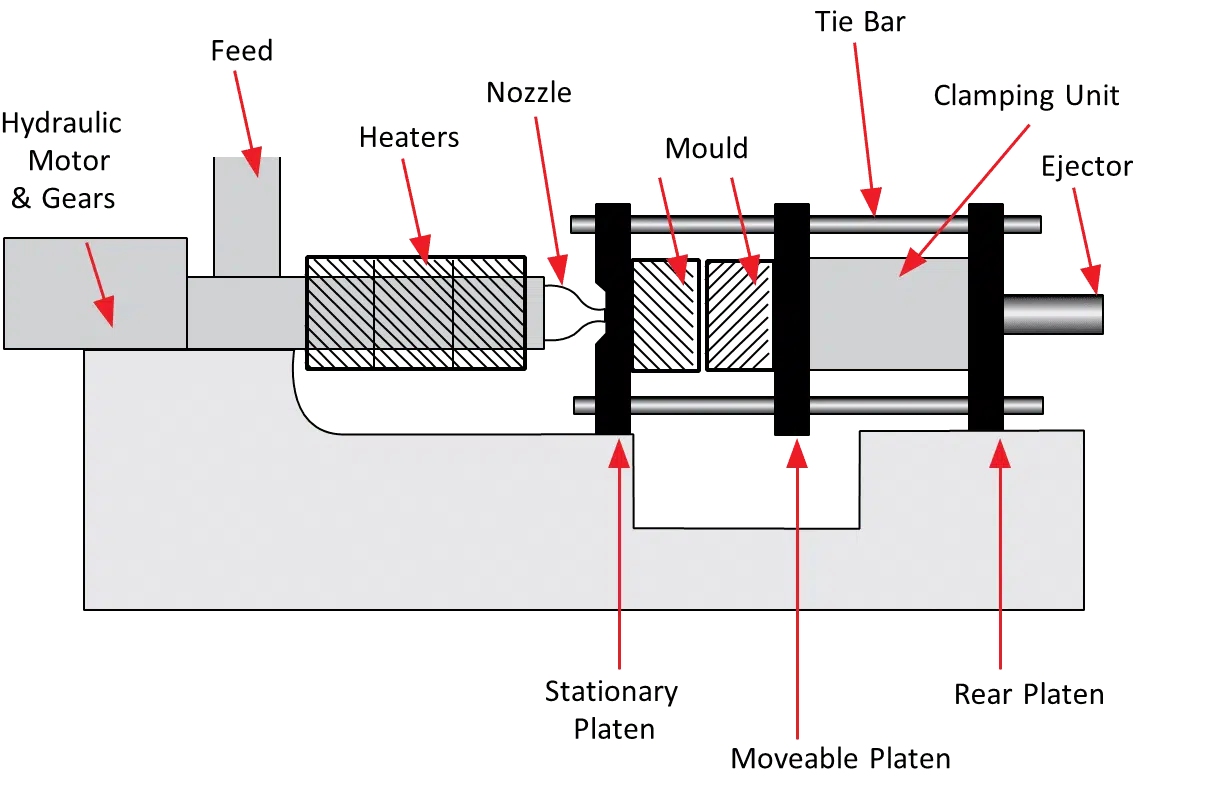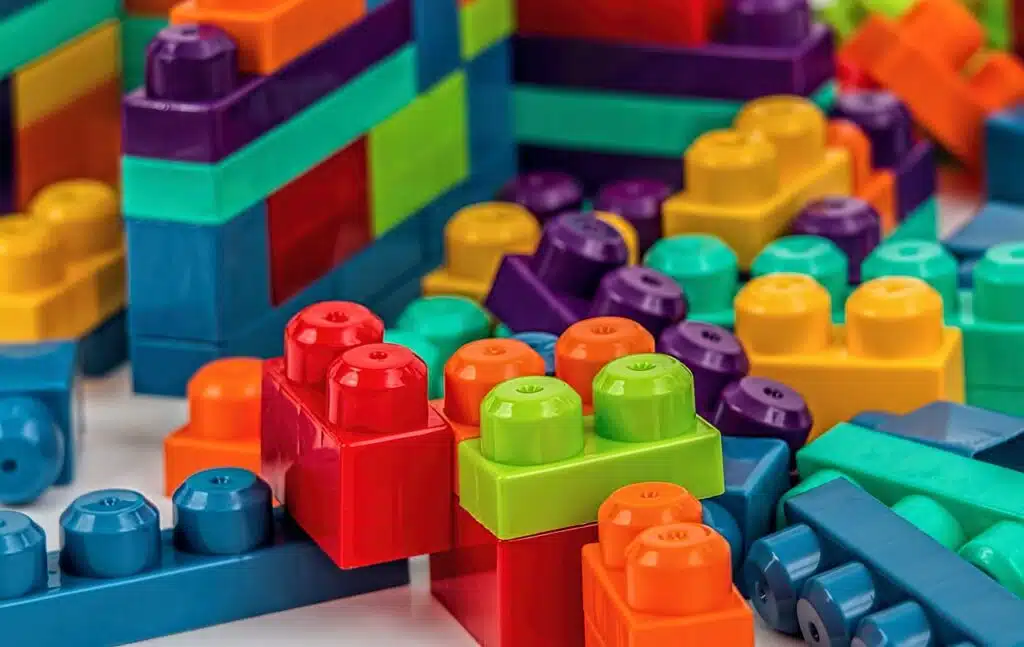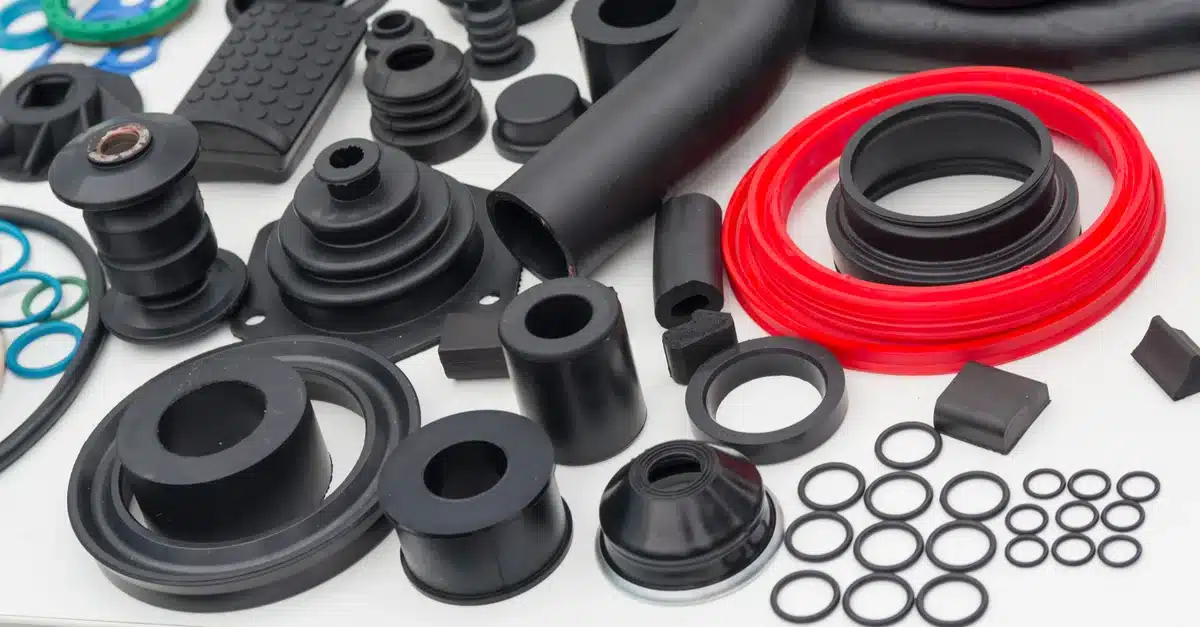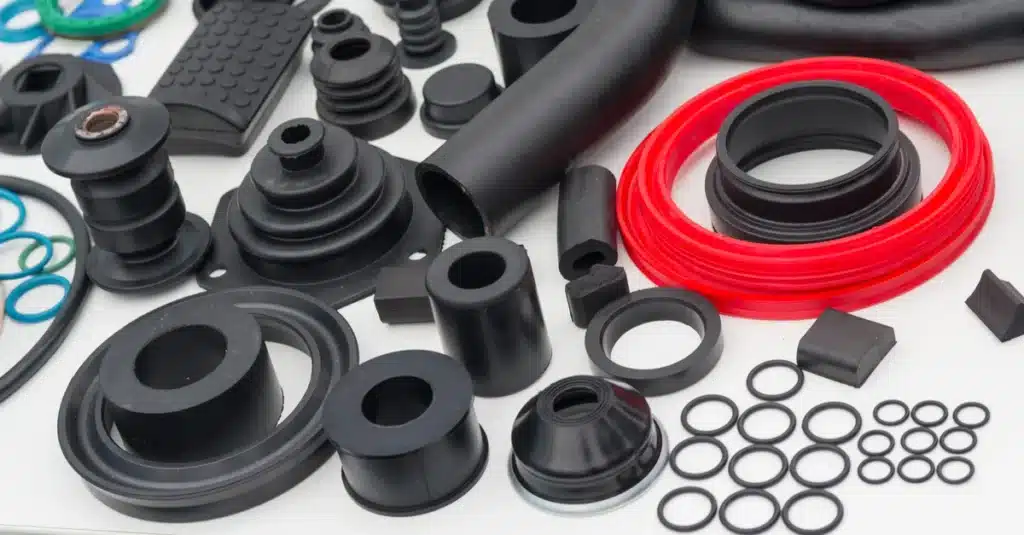A Guide To Injection Rubber Moulding

Injection rubber moulding is a highly sought-after manufacturing process with extensive applications across various industries. Its efficiency and versatility have contributed to its soaring popularity, allowing for the creation of a diverse range of rubber products.
From automotive components and electrical insulation to medical devices and consumer goods, injection moulding plays a vital role in delivering top-quality and durable items. Today, it stands as a favoured method for mass-producing intricate and custom-designed rubber products. This rubber moulding method meets the precise demands of different sectors with exceptional precision and cost-effectiveness, resulting in lower unit costs.
Injection Rubber Moulding - A step-by-step guide
Injection moulding stands as a preferred manufacturing process. Its diverse applications across various industries make it an indispensable method for producing high-quality rubber components with consistent performance and durability. This step-by-step guide outlines the key stages involved in the injection moulding process.
Step 1: Material Selection: The process begins with carefully selecting the appropriate rubber material based on the product’s intended application and the properties required. Different rubber compounds offer varying levels of elasticity, resistance, and durability, allowing for tailored solutions to meet specific needs.
Step 2: Preparing the Rubber Material: The chosen rubber material is then carefully prepared as a compound that meets precise formulation requirements. In a specialised injection moulding machine, the prepared rubber compound is heated within a heated barrel to its molten state. This achieves the optimal temperature for injection into the mould cavity.
Step 3: Mould Design and Preparation: Crafting the mould is a critical step that determines the final product’s shape and features. Skilled engineers create precise moulds with intricate details, ensuring optimal performance and functionality of the finished rubber component. The mould is carefully designed to accommodate the desired rubber shape. Once ready, it is closed securely for the injection process.
Step 4: Injection: With the mould cavity closed, the molten rubber is injected into the mould under high pressure. The injection process fills the mould cavity uniformly, capturing even the most intricate design elements of the product. This stage requires precision and control to ensure the desired shape is achieved accurately.
Step 5: Cooling and Solidification: After filling the mould cavity, the molten rubber is left to cool and solidify. Cooling is controlled to prevent defects and ensure dimensional accuracy. The cooling time varies based on the rubber material’s properties and the complexity of the product design. This ensures a stable and consistent final product.
Step 6: Mould Opening and Product Ejection: Once the rubber has solidified, the mould is opened, revealing the finished product. The product is carefully ejected from the mould. Any excess material is then trimmed or removed to achieve the desired appearance and dimensions.
Step 7: Post-Processing and Quality Control: The final step involves post-processing, which may include additional finishing or surface treatments to refine the product further if necessary. Rigorous quality control measures are implemented to ensure each component meets stringent standards before being sent for packaging and distribution.
What are the benefits of Rubber Injection Moulding?
The advantages of injection moulding are abundant. First and foremost, injection moulding offers exceptional design flexibility, allowing manufacturers to create intricate and complex shapes with ease. This versatility opens up a world of possibilities for creating custom rubber mouldings tailored to specific needs and requirements.
Moreover, injection moulding ensures outstanding precision and consistency. The high-pressure injection process results in products with excellent dimensional accuracy and uniformity. This reduces the need for post-production modifications and minimises material wastage. This efficiency contributes to cost-effectiveness, making it an economically viable solution for large-scale production.
Another significant advantage is the production speed. Injection moulding allows for rapid manufacturing cycles, enabling the creation of high volumes of rubber components in a short time frame. This quick turnaround time is particularly advantageous in meeting tight production schedules and responding to market demands promptly.
Furthermore, injection moulding produces products with superior mechanical properties. This includes excellent tensile strength, resilience, and resistance to various environmental factors. These properties make the final products durable and long-lasting, ensuring optimal performance in demanding applications.
Lastly, injection moulding is highly suitable for automation, streamlining the manufacturing process and ensuring consistent product quality. Automation reduces the chances of human error and ensures that each rubber component adheres to strict quality standards.
What are the drawbacks of Injection Rubber moulding?
While injection moulding offers many benefits, some minor drawbacks can be addressed with proper planning and execution. One potential drawback is the initial setup cost involved in creating the custom moulds. The process requires skilled engineering to design precise moulds, which may lead to higher upfront expenses. However, it is essential to view this as an investment. The long-term benefits of efficient and cost-effective production outweigh the initial costs.
Another consideration is the longer production time for complex or larger products, as cooling and solidification might take more time. Nevertheless, this drawback can be minimized through optimized mould design and well-organized production schedules.
Furthermore, the choice of rubber material plays a vital role in the final product’s performance. While there is a vast selection of rubber compounds available, selecting the ideal material requires careful consideration of specific application requirements. Collaborating closely with material experts ensures the right choice and minimizes the impact of this potential drawback.
Applications Of Rubber Injection Moulding
Injection moulding stands as a versatile and widely used manufacturing process, finding diverse applications across various industries. Its ability to create high-quality and custom-designed rubber products makes it an indispensable technique in modern manufacturing.
Automotive Industry: Used to produce seals, gaskets rubber mounts, and vibration mounts that enhance vehicle performance and safety.
Electronics Sector: Utilised for producing electrical insulators, connectors, and seals to ensure reliable and efficient electronic devices.
Medical Industry: Benefits from injection rubber molding by manufacturing precision medical components like catheters, syringe seals, and patient interfaces. It is important for them to meet stringent quality and safety standards.
Consumer Goods: Products such as sporting equipment, toys, and kitchen gadgets rely on this process for producing durable and functional rubber parts.
Construction Sector: Used for producing seals, gaskets, and weatherproofing materials.
The applications of injection moulding are vast and continue to expand. Every day industries are discovering new and innovative uses for this advanced manufacturing method.

Rubber Compounds Suitable For injection Moulding
Rubber injection moulding is a versatile manufacturing technique that relies on the right selection of rubber materials to produce top-quality products. The choice of rubber compound plays a crucial role in determining the product’s performance, durability, and suitability for specific applications. There are several different types of rubber commonly used in injection moulding, each with unique properties and advantages.
Silicone rubber known for its exceptional heat resistance and flexibility, is often used in automotive, medical, and electronic applications.
Nitrile rubber offers excellent oil and fuel resistance, making it a preferred choice for seals, gaskets, and rubber O – rings.
EPDM rubber boasts superior weather and UV resistance, making it suitable for outdoor and automotive applications.
Natural rubber , with its exceptional elasticity and resilience, finds application in consumer goods, sports equipment, and industrial products.
Fluor elastomers, known for their chemical resistance, are used in demanding environments like aerospace and chemical processing.
Additionally, neoprene rubber and synthetic rubber are also essential materials used in injection moulding. Neoprene rubber is known for its excellent resistance to water, oils, and weathering. This makes it suitable for applications such as wetsuits, automotive belts, and industrial hoses.
Synthetic rubber, on the other hand, encompasses a wide range of rubber-like materials produced through chemical synthesis. This offers tailored properties for specific applications, including automotive parts, seals, and electrical insulators.

Injection Moulding vs Other Rubber Moulding Processes
When it comes to rubber moulding, various manufacturing processes are available, each with its unique advantages and limitations. These moulding processes often compete for attention in the manufacturing industry. Whilst injection moulding stands out for its precision and flexibility, other rubber moulding processes offer unique advantages. For example, rubber compression moulding is well-suited for low-volume production and larger parts. Transfer moulding however finds application in producing intricate parts with consistent quality. These processes excel in specific applications and cater to industries with distinct production requirements.

Choosing the Right Moulding Process
Selecting the appropriate rubber moulding process depends on various factors, including production volume, part complexity, and material characteristics. Injection moulding is favoured for high-volume production of intricate parts, while other moulding processes offer cost-effective solutions for specific applications.
Understanding how injection moulding differs from other processes is crucial for choosing the best method for a given project. These techniques play essential roles in manufacturing, offering unique advantages that cater to a wide spectrum of industries and product requirements. By making informed decisions, manufacturers can optimize production efficiency and deliver high-quality products tailored to their customers’ needs.
Injection Moulding - Customization Options
Injection moulding’s appeal lies in its extensive customization possibilities. This includes the use of coloured rubber and the ability to manipulate rubber to incorporate specific additives or colours. This advanced manufacturing process allows for unparalleled design flexibility, Enabling manufacturers to produce rubber components customized to specific needs.
Intricate Shapes and Complex Designs: Injection moulding can produce intricate shapes and complex designs with precision. The moulds are crafted with meticulous attention to detail. This allows for the creation of products that would be challenging or impossible to achieve using other moulding methods. Whether it’s intricate patterns, unique textures, or finely detailed features, injection molding brings even the most creative ideas to life.
Variety of Colours and Materials: With injection moulding, manufacturers can seamlessly incorporate a wide variety of colours and materials into their products, including coloured rubber. This feature is invaluable for industries where branding or visual appeal is paramount. Different rubber materials are selected based on their specific properties. This enables the creation of products with varying degrees of hardness, flexibility, or chemical resistance while maintaining the desired colour aesthetics.
Overmolding and Insert Moulding: Injection moulding allows for overmolding and insert moulding, where rubber can be bonded to other materials or components. This technique opens up new possibilities for creating composite products with enhanced functionalities. Overmolding adds an additional layer of rubber onto an existing substrate. Insert moulding allows the rubber to be moulded around pre-inserted components, such as metal or plastic parts, broadening the design possibilities.

